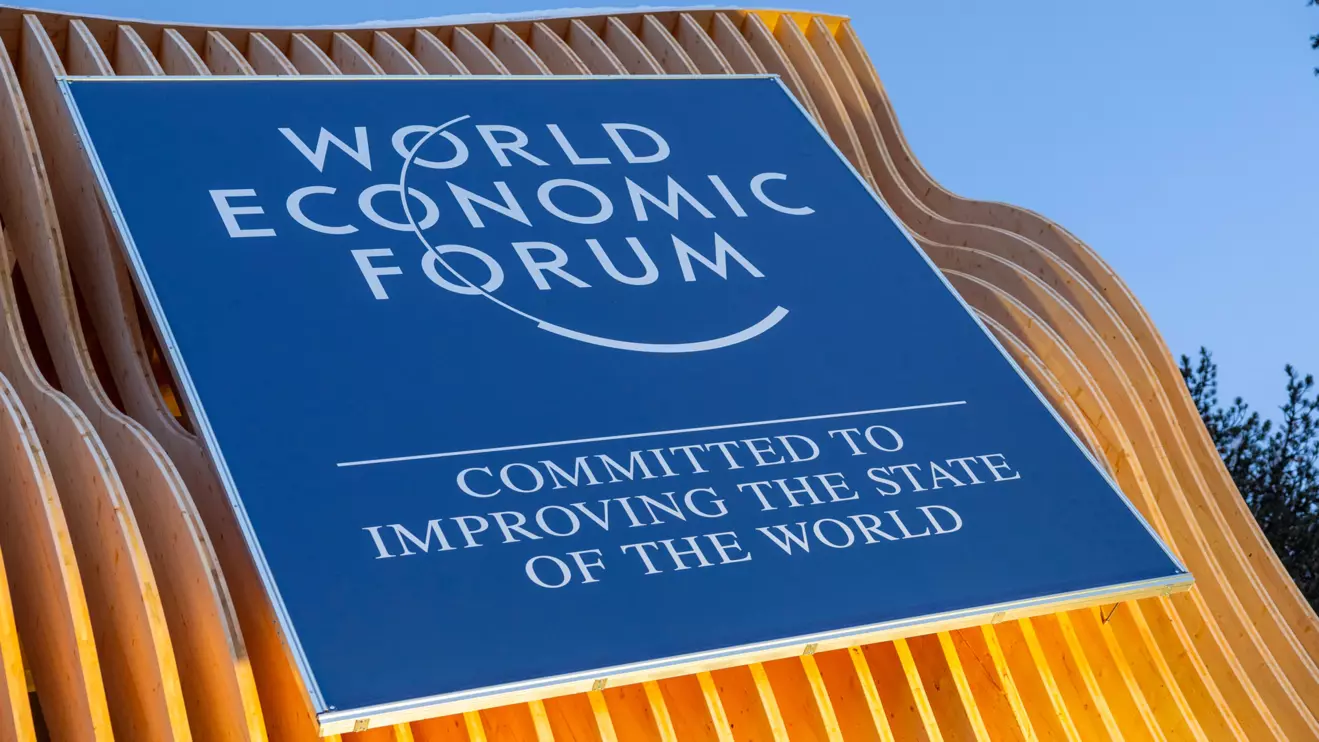The Middle East, a region of complex geopolitics and diverse interests, continues to be a focal point for global attention. As we delve into 2024, understanding the evolving dynamics of the Middle East requires an examination of the three Cs: Conflict, Calibration, and Cooperation. These factors will play pivotal roles in shaping the region's silhouette in the coming year.
Conflict: A Cauldron of Tensions
The Middle East remains a volatile cauldron of tensions, with conflicts that have persisted for decades. The recent Gaza war, which saw a devastating toll on civilian lives, serves as a grim reminder of the unresolved Israeli-Palestinian conflict. The situation in Lebanon, Iraq, and Yemen remains precarious, with instability often tied to the influence of Iran and its proxies. These conflicts not only cause human suffering but also have wider regional and global implications.
Calibration: Navigating Geopolitical Realities
Calibration refers to the fine-tuning of policies and strategies by regional and international actors to address the evolving geopolitical realities. Nations in the Middle East are recalibrating their positions to adapt to a changing landscape. Saudi Arabia and the United Arab Emirates are exploring diplomatic channels, such as the recent reconciliation with Qatar, to strengthen regional stability. Meanwhile, Iran seeks to recalibrate its relationships with global powers, especially amid nuclear negotiations.
Cooperation: The Path to Stability
Cooperation holds the key to stability in the Middle East. The challenges facing the region, whether they be security threats, economic vulnerabilities, or environmental concerns, necessitate collaborative efforts. The Red Sea, a vital trade route, faces disruption from various actors seeking to protect their interests. Finding common ground and fostering cooperation among regional players will be crucial to ensuring the uninterrupted flow of commerce and the stability of the Red Sea region.
World Economic Forum Discussion: Charting the Middle East's Future
During the World Economic Forum, a discussion was held on February 19th, focusing on the future of the Middle East.
The participants recognized that the region faces a multitude of threats, from the ongoing Gaza conflict to the destabilization in Lebanon, Iraq, and Yemen, orchestrated by Iran's proxies. These discussions provide a platform for global leaders to exchange ideas and explore avenues for cooperation in addressing the Middle East's challenges.
As the Middle East navigates its complex landscape in 2024, the three Cs—Conflict, Calibration, and Cooperation—will continue to define its trajectory.
Resolving conflicts, adapting to geopolitical realities, and fostering cooperation will be essential in shaping a more stable and prosperous future for the region and its people.



